The First Dream (1) - Lhasa
From the evening of February 13th, they bought a yellow cattle ticket during the Spring Festival and returned to noon on March 21. After a five-week super-tour, they took a train from Nanjing to Lhasa and passed Shigatse, Tingri, and Nyala. , Tochigi, entering the territory along the 318 National Road, feeding pigeons on the square of Kathmandu, riding elephants on Chitwan, boating on the Fewa Lake, alone in the harsh natural conditions of heavy rain, hail, avalanche, etc. The Purna's mountain area has been trekking for ten days and finally felt one of the most important festivals in the area, Holi. Due to the daily diary, it is easy to write travel tips. Today we first updated the Tibetan part and Nepal stayed for 25 days. The next week is gradually updated.
When I first started a month ago, I saw a lot of people sending congratulations saying "Envy, resigning from the trip," "Saying a go-and-go trip" was actually not the case, because I was ready to change my job at this time, so I took this The opportunity to get out of the waves is not to “resign in order to travel.” I’m not quite a literary person.... Similarly, I’m also opposed to “a trip that I’ll walk and go”. Travelling in the field is dangerous. Things, you will never expect what will happen unexpectedly, so you must be fully prepared before you go. The longer the destination is, the longer you are unfamiliar. The longer your preparation time is. Second, many places have unique religious cultural heritage and historic sites. If you do not do your homework beforehand, you can't understand these cultural landscapes. I prepared for this battle for half a year, Lonely Planet watched 5 times. The poor tour saw more than a dozen times. Maps in many places can be back. It's easy to walk.
First, precautions &TIPS
1, travel must first select the season! This point I failed to make comparisons... Lhasa at the end of February was very cold and was frozen into dogs. After coming to Nepal, it was also late winter and early spring. There were more clouds in the sky, and snow mountains could only be seen when there were few clouds in the early morning; It is low altitude rain, hail in the middle altitude, ice-covered avalanche in high altitude, walking on the road, but it is also a unique experience, and now I want to come back to memorable, painful and happy with XD
2. The Qinghai-Tibet Railway from Golmud-Nagqu is the most beautiful part of the scenery: snow-capped mountains, grasslands, yaks, Tibetan antelopes, wild asses, foxes, and so on. Several trains entering Tibet are basically daylight during this period of operation, so if they were on trains before Sleepy, Golmud would have to stare out of the window to look carefully, inadvertently will find that only the wild animals that have been seen in the TV enter your sight; you can buy a hard seat to experience sitting Forty-four hours of “happiness” is generally a lot of empty seats in Xining, but when I went to the Tibetan New Year, I was on the train, and there were more and more people on the train and I was very uncomfortable. After the toilet door lay a paper and a few hours sleep lying down, so do not hesitate to come back when selecting a sleeper.
3. If the train with foaming surface should pay attention to, the Qinghai-Tibet Railway in the latter half of the train due to the altitude of the train on some of the water can not burn, no bubble down, it is recommended to bring some self-heated rice.
4. Tibet is a beautiful and strange place. There are many ancient beliefs and taboos. Can we ask whether some temples can be photographed? All Tibetan Buddhism temples and prayer wheels are visited in a clockwise order. If you want to evade your votes, take off your jacket and put on plain clothes. Pretend that Tibetans are calm and enter. After entering, go straight ahead and turn clockwise. ! Do not look around or turn right. Tibetans in Lhasa speak Chinese, and they are generally very friendly. They meet Tibetans in the teahouses and restaurants to chat with them. The Jokhang Monastery has a lot of pilgrimages and pilgrimages. Take a step, don’t be curious. Stare at or take photos at close range - you must respect different cultures and beliefs.
5. Regarding safety and health, Lhasa is very safe and there are cop everywhere. Do not go too far in the night. The problem of high rebellion varies from person to person, and the person with good health may be more violent. I did not listen to the advice. When I got to Lhasa, I took a bath. After washing, I didn’t have anything. I didn’t see any high reactions during the entire journey. However, I saw many headaches, colds, and bought oxygen canisters. When you take a bath, you must wait for the water to be hot and then undress. After washing several sets of clothes, do not catch a cold in the plateau. If you catch a cold, the doctor will ask you to stay in hospital for treatment! Otherwise it is easy to cause lung edema and cause danger. The best hospital in Lhasa is the General Armed Police Force.
6. Prices in Tibet are very expensive, because Tibetans are very rich. There are various subsidies from birth to death. Many well-known Tibetan restaurants, tea houses, and yoghurt workshops are concentrated around the Jokhang Monastery and in Beijing East. On the road, the authentic Tibetan food experience is on the list once. To tell the truth, we are not accustomed to eating and the price is very expensive. We eat a meal for dinner at a rate of 80, and we usually have about 15 simple fried rice or ramen noodles. Shopping in Tibet, I only bought a few packets of butter tea, and other things such as prayer wheels, beads, small crafts, etc. are basically manufactured in the mainland and shipped in the past, no meaning, dairy products, beef jerky is also very expensive, not as good as Taobao Buy it. The total cost spent on travel for 37 days was ¥8815.8. (Ever since I was a college student, I had booked every day, very accurate. Don't ask me how the 0.8 came from...), which cost 5,507 yuan in 25 days in Nepal (this Including Nepal shopping took nearly 2000), Tibet is not many days but the train to and from the Tochigi port, chartered meals, tickets and other very expensive, and a comparison with Nepal to see it, Tibet stay one day equals Nepal to stay 2~ 3 days.
2. Travel Notes
1, Day1~Day3
Experience what it takes to ride a train for 44 hours. . . Don't even think of sitting and sleeping. If it is a seat on the aisle, you can't stand it anymore. The first night leaned against the window and took a nap. By the second night, she basically collapsed. I really wanted to lie down but in the aisle I had to sleep. I had to go to the toilet door to sleep. At that time, I couldn’t smell the smell. Now I want to come here is also a rare experience. The car from Shanghai to Lhasa is basically no later than Golmud. You can focus on the window and enjoy the scenery. However, it's a bit difficult to take pictures because the windows are dirty and the reflection is serious. The Tibetan antelope and the fox saw a lot but did not capture it. This was a photo of several wild asses:
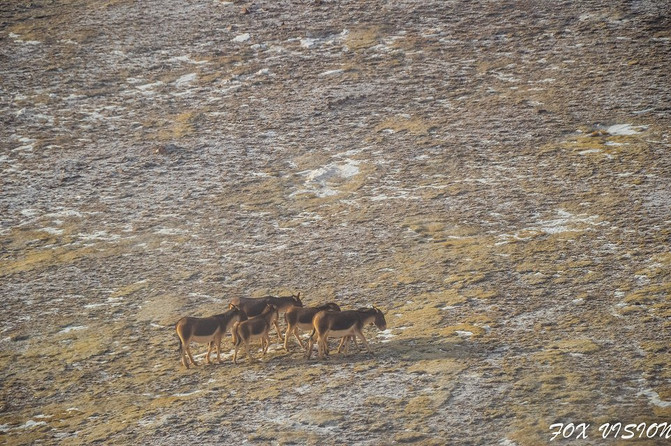
After passing through the wild area of the Hoh Xil area, it was in the Nagqu area where yak and sheep were stocked by pastoralists. The pastures here are divided according to the hills. Some pastoralists can have tens of thousands of acres of grassland. There are subsidies for each mu of land; one adult yak can sell more than 10,000, a few sheep, and thousands of cows. Ten sheep... So all said that the Tibetans in the pastoral areas are the richest class:
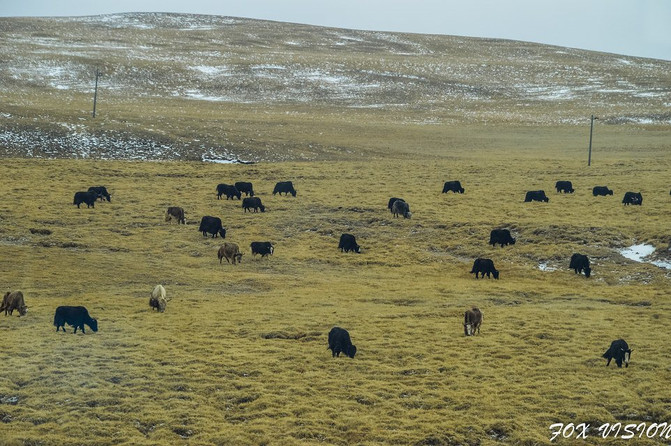
The evening of the third night arrived in Lhasa. There are no buses. A taxi from the train station to the city will cost about 30 yuan. If you want to 50, you must kill you and make a firm counter-offer. Staying at the famous Dongcuo, there is a bed for member cards as long as 25. After they arrived, although they were repeatedly discouraged, they still went for a hot bath. Walk along Dongcuo 1 minute east to Linkuo Middle Road and turn south again. There is a Fenghua Lou Steam Beef Noodle Shop, which is open 24 hours. If you arrive late in Lhasa, many shops are closed and you can go to this place. It tastes good. The price is not low.
2,Day4
This day is mainly around the Potala Palace - the Jokhang Temple. It is the old part of Lhasa and its core area, especially the many alleys around the Jokhang Temple. There are small courtyards for Tibetan residents and it is worth to be here. Take a good day to feel it. This is the Gallery Gallery Mall opposite the hostel and the weather is still good:

From the Jokhang Temple to the Potala Palace on the east side of Beijing Road, typical Tibetan flat-top architecture. It was a bit disappointing to have just left the train to sit on a taxi because many street scenes in Lhasa are exactly the same as those in the mainland, but the shop's signboard is controlled by the Han and Tibetans. China's urban construction is always the same, and only this road has managed to retain some Tibetan characteristics:

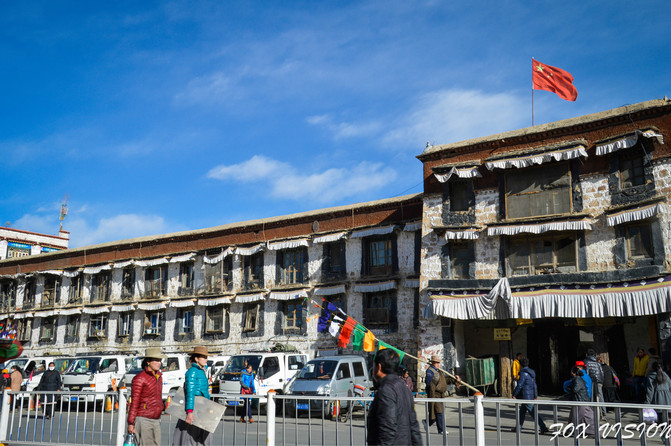
A lot of pious Tibetans can be seen around the Jokhang Temple Square, holding prayer wheels or prayer beads, chanting the six-character rumors around the Jokhang Temple, and there are many people carrying mats facing the Dazhao. Temple worships over and over again. It was very shocking to see this scene. Even if many elderly people are old, they are hobbled and they may be one step at a time. Perhaps this is the power of faith:
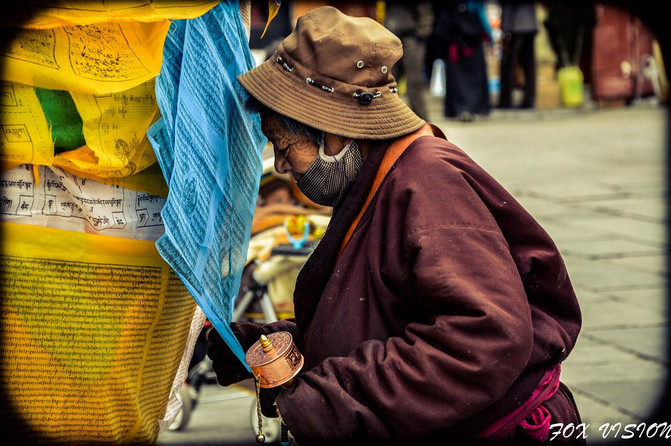

Almost every temple has a prayer wheel in front of it, and every passing Tibetan will come here to learn about it:

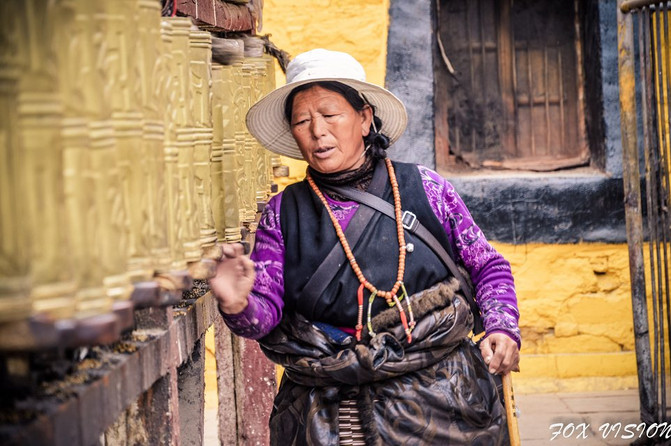
Around the Jokhang Temple are basically some shops, things are more expensive. But tea houses are everywhere, and the price is not high. A cup of sweet tea is 7 hair, and a pot of sweet tea or butter tea is divided into 5 yuan to 15 yuan according to the weight. Many people strongly recommend going in for tea and chatting and experience the lives of local people. The Tibetans lived a very relaxed life in Lhasa. They started from a bowl of buttered tea on a nice day. They began to drink sweet tea after noon. Sometimes a family came together and sat down with a bottle of sweet tea.
Shops in the alley and grannies sitting in the sun:
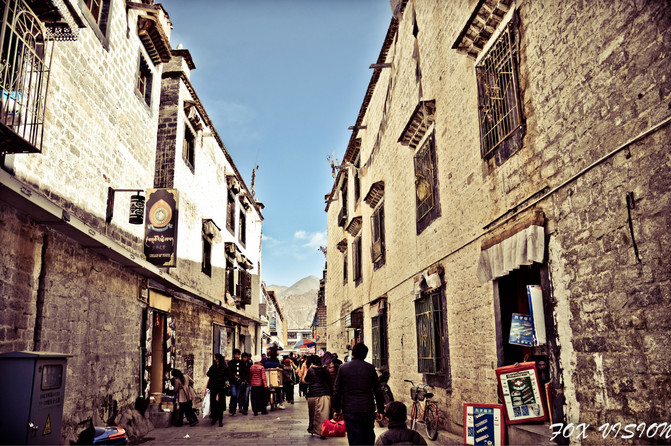
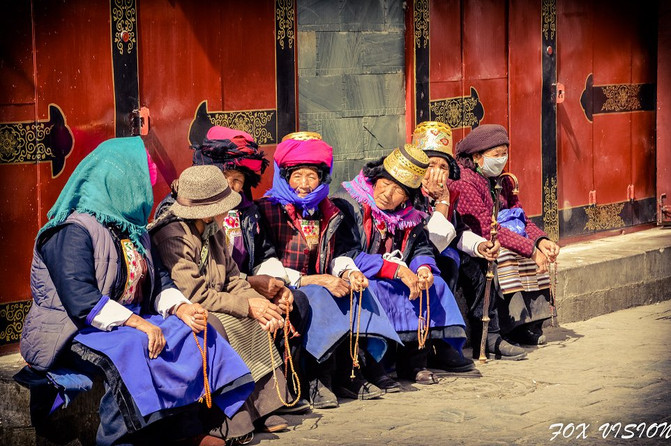
Old-style stove and butter tea in a small teahouse (in fact, the taste is very difficult to drink ah ⊙ ⊙ ⊙ ⊙ b sweat Take my butter tea, please take care! )
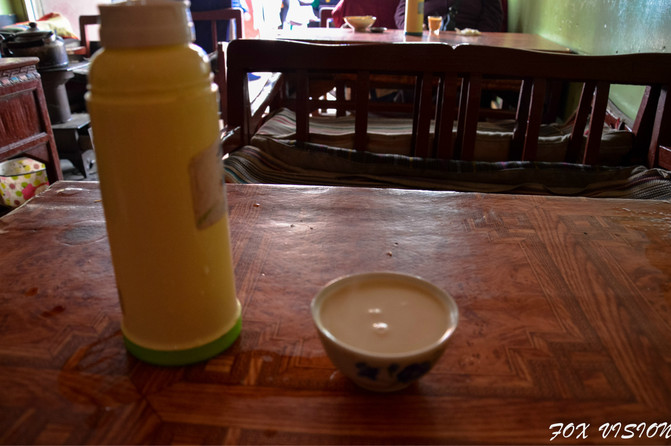
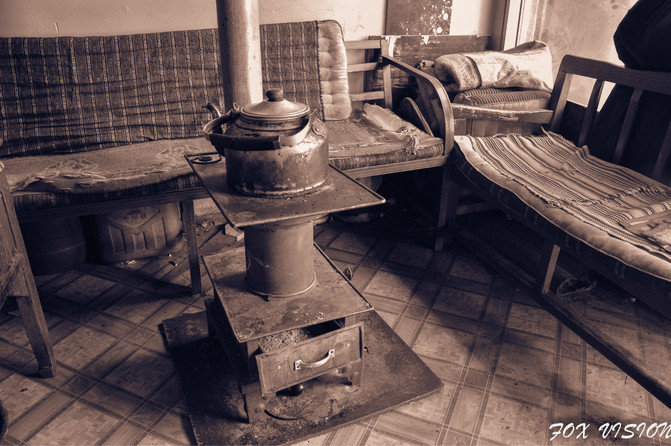
Finally, I would like to mention here a store: Maggie Ami. The reputation is very large, and it is sought after by countless literati in the watercress and the poor tour. It is said that this place is the place of the Cangyang Gyatso Contemplating Maggi Ami. It is not a complete Tibetan style. It can also be Nepalese or Western, expensive and not expensive. It's delicious, but the store's various decorations are literary, and sit in the window to see the crowd coming and going downstairs:

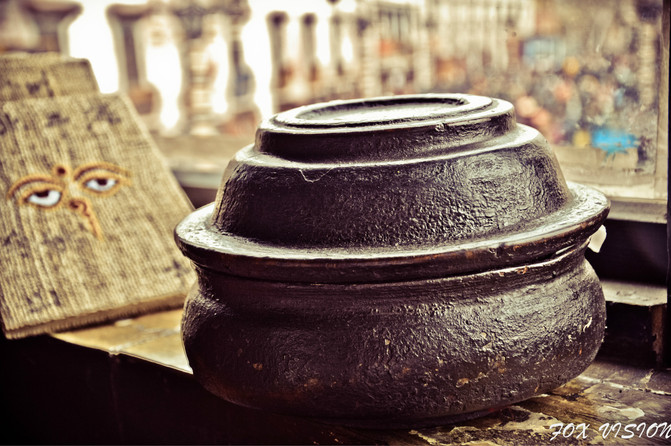
In the end, I went to the Jokhang Temple. There are numerous Tibetans worshipping at the entrance to the Jokhang Temple. Do not take pictures of them. Outside the Jokhang Temple there are monuments of the Tang and Tu association, which looks exactly the same as in the third-year history book (nonsense.) Tickets are 85 yuan. It is said that they can evade votes, but the probability of success is not great. The Jokhang Temple can be photographed except inside the hall. Since there were very few tourists in the off-season, I wandered about two or three times in the main hall (in fact, the atmosphere was very strange and scary. There were no lights and dimming candlelight, and countless Buddhas looked down at you).
Jokhang Temple exterior:
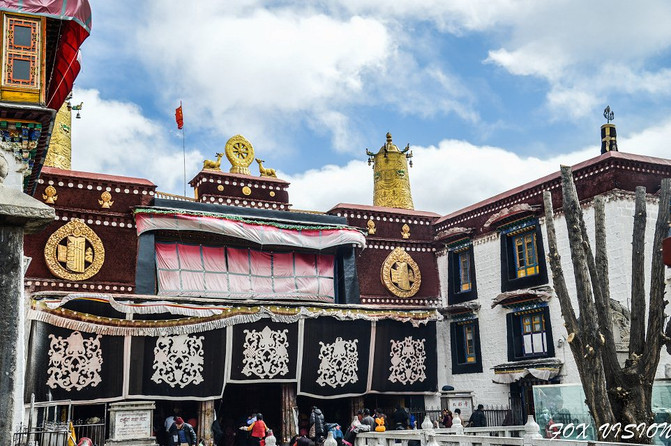

Inside the Jokhang Temple:
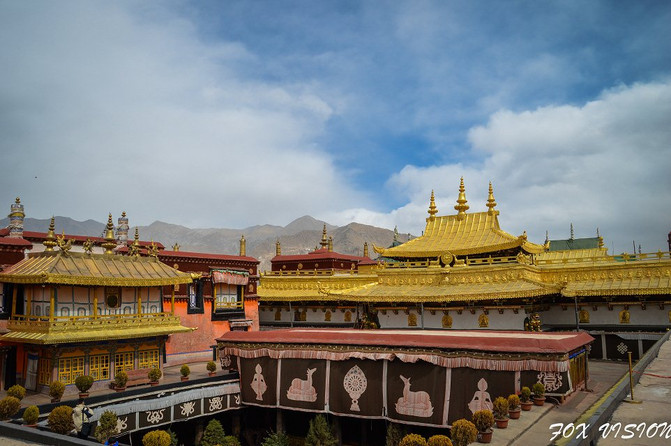
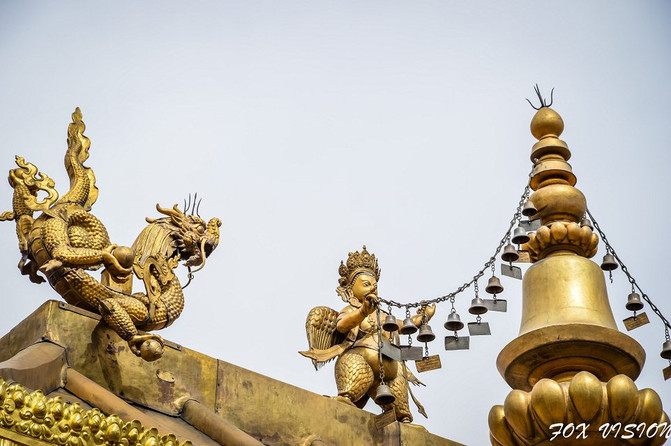
It is already late in the evening from the Jokhang Temple. Lhasa’s days will not be dark until more than 8 o'clock. Similarly, it will be bright at about 8 o'clock in the morning. When I went to see the night scenes of the Potala Palace that night, it was not that the lights of the Pu'er Palace would be lit every night. Before I went to the hotel, I asked people who had recently opened the hotel for a few days. (There is a small lake on Burjong Square. The weather is good enough to take a picture of the palace, but when I go there is a big wind ... the lake is sparkling and I can't see anything.)
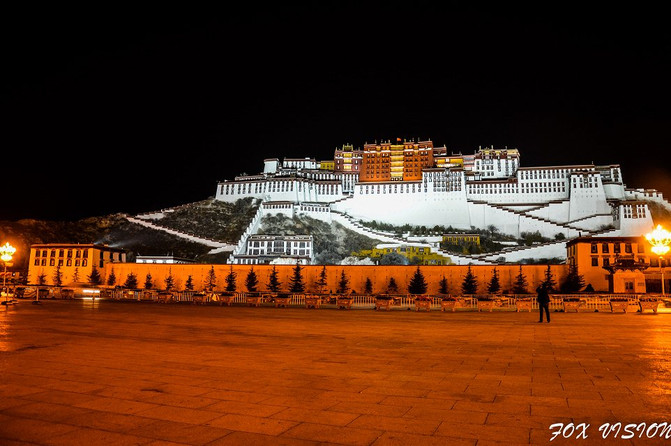
3, Day5
In the morning, I rushed to the Consulate of Nepal in Lhasa to apply for a visa. Nepal has three consulates in Beijing, Shanghai, and Lhasa in China. It can be done (also available on Omnipotent Taobao...a bit more expensive). The processing time is only available from 10:00 to 12:30 a.m. Monday to Friday. Get it at 4pm on the second day. 15 days visa ¥ 175,30 days ¥ 280,90 days ¥ 700, with two 2-inch white photos, visa application form as long as the name, passport number on the line, other casually fill it will not be seen. (Special attention should be paid if there is a holiday from Monday to Friday. For example, at the end of February the Tibetan New Year, the consulate has not opened the door for several days!)
At the entrance to the consulate, there will be many drivers and cattle who can solicit business. Here, you can talk about the departure time and price, and you can also meet many people in the company. Many people choose to leave with a visa the next afternoon. General business vehicle ¥ 300, off-road vehicle ¥ 500, bus ¥ 200 (only two, four, six starting), the more comfortable the car is sitting, the time is almost the same, the entire 13 hours. But in those days, the weather was very bad. Nyalam was snowing very big roads. For safety reasons, SUVs were chosen. Because it was off-season, the price of ¥500 was eventually cut to ¥300.
After coming out of the consulate and going to the Potala Palace, the tickets for the Palace had to be booked one day in advance. However, because it is in the off-season, the reservation is also avoided. You can buy tickets directly at the entrance. The steps of the palace are very long and it is a little hard to climb:
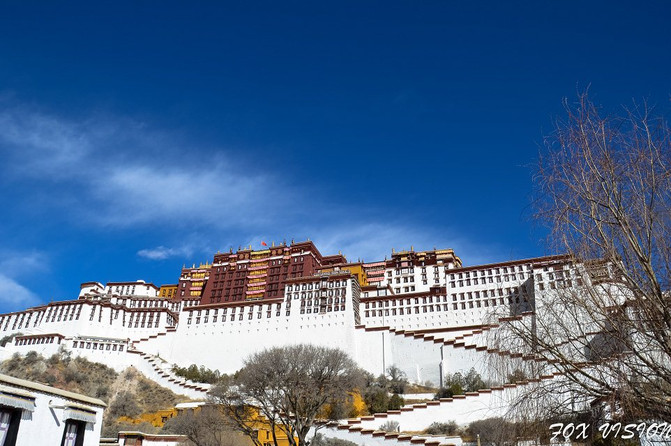
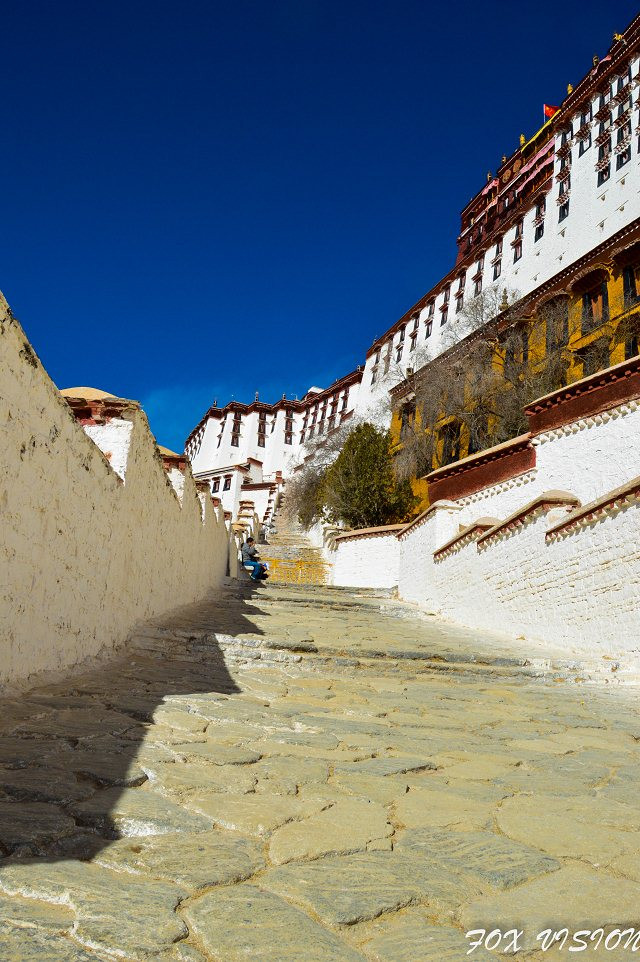
After climbing for a long time, I finally reached the top of the platform. This was the last place I was allowed to take pictures, and I entered the hall afterwards. You can wretched behind other large forces so that you can guide the tour guide. Some people could sneak at the palace, but then either the memory card was broken or the phone was stolen. There were many surprises. I heard these strange things and I was nervous about the game. There are countless gold jewels in the Potala Palace, as well as a variety of pagodas and Buddha statues. Especially dedicated to several Dalai Lama's Pagoda Hall, but the literary men's house is not in it. . . And listening to the guidance of several guides, their devout followers' attitude towards Cangyang Gyatso has been compared:

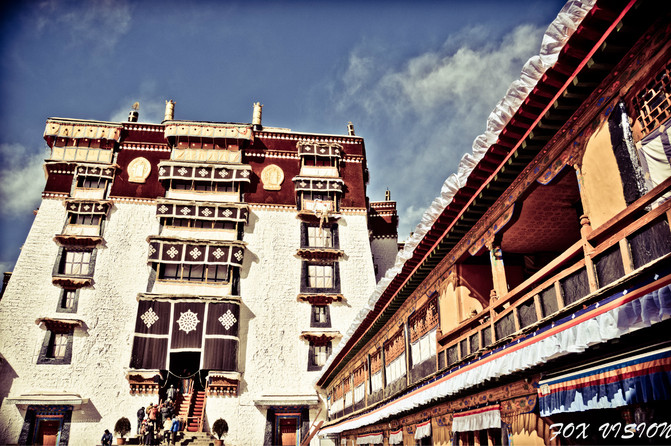
You can stroll around the small square after coming out of the Buu Palace. There are also people who pass by but there are not so many Jokhang Temples, but the prayer wheel here is even bigger and bigger. It is suitable for taking pictures:
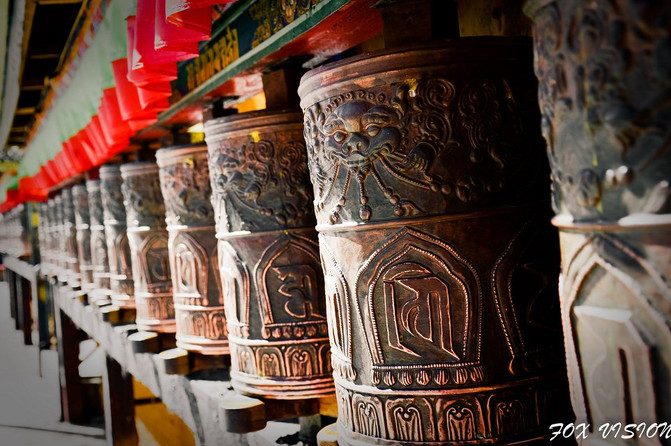
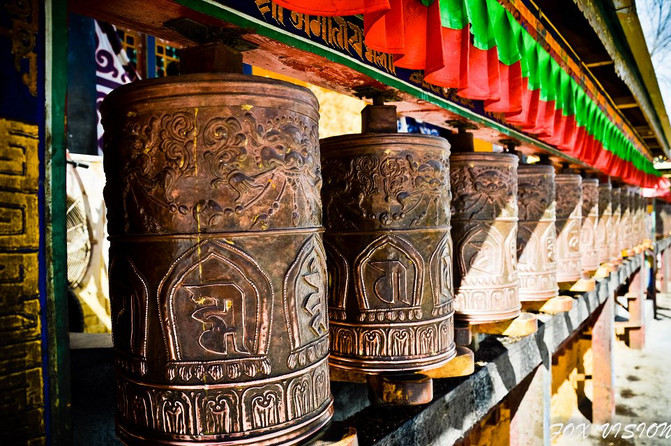
Opposite the Potala Palace, there is a Yaowangshan Observation Deck with a ticket price of two yuan. This is the best location to photograph the panorama of the Buu Palace. There are no obstacles blocking the view, and almost every visitor who comes out of the Palace will come and take a picture here. . I am trying here to stitch the pattern behind the $50 note with the real cloth house, but it always ends in failure. I don't know how to do it on the Internet. Only this way will be:
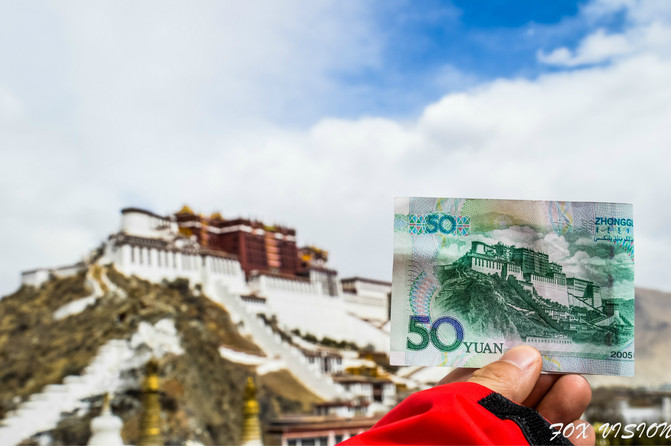
In the evening at the Jokhang Monastery, a more authentic Tibetan food restaurant, Tibetan Steak House, had a rich dinner: squash, yak meat and buttered tea. (pictured) 手 牦 手 腥 腥 腥 腥! The flesh is very old and very heavy! Please try carefully! So eat with sauces and cover up the taste with chili pepper. . . Maybe the stone roast beef tastes better. In short, the Tibetan food experience is a good one. The price is expensive and you are not accustomed to eating. The characteristics of Tibetan areas such as clams, barley yoghurt, yoghurt yoghurt, and yak meat can all taste:
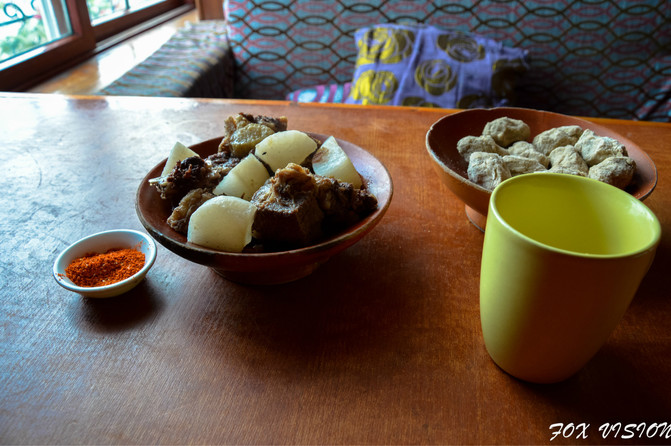
4,Day6
Today is a leisurely day, and it is not clear which one to choose in the Drepung Monastery or Sera Monastery. The two monasteries and the Ganden Monastery also called the three temples of Tibetan Buddhism Gelug Sect. The Drepung Monastery is said to be the largest temple in the world. However, many temples are not opened every afternoon; the Sera Monastery has famous debates every day. It starts at 3 pm. However, these two temples are far from the main city and are in the opposite direction. If you want to get up early, Drepung Monastery is in the northwest corner, and Sera Monastery is in the northeast. There are 24 buses in the city. These two temples are the two terminals of the bus.
Due to the cold weather, I didn't want to get up early. So I chose the Zaki Temple in the city. There are many such unpopular temples in Lhasa. I can't see them on the general tourism strategy. However, I strongly recommend that you select one or two free temples to enter. Visit - because only away from the bustling tourists, away from the famous attractions full of impetuous commercial atmosphere, you will reap some truly unique experience in order to experience the real life of the lamas in a tranquil temple. To some ancient rituals. Moreover, it is said that in some small temples, old monks who are loyal to Taoism will be hidden and they can find fortune telling. . . The Zaki Temple is dedicated to the God of Wealth. There are also some local people who come to sign for the sign and the lama who signed the sign. However, I think that the lama's accent is quite heavy, so even if you ask for it, you can't understand it!
Friendship reminder: The method of worshipping the God of Wealth is very special. You need to buy wine and pour the wine into the wine jar before the Buddha's censer. Then there will be a lama who will throw the empty bottle in a waste container. Notice he is throwing! Do not rely too close, otherwise it will be hit by the broken glass bottle!
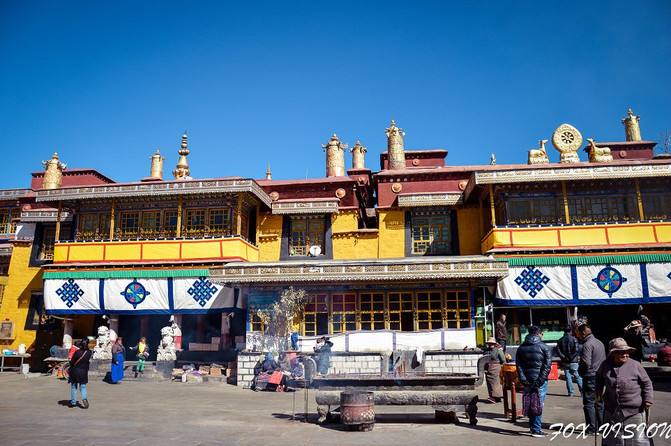

My most amazing experience at Zaki Temple was talking to a young Lama for nearly two hours! Before I was just chatting with ordinary Tibetans in the teahouse, I never dreamed that I could chat with the Lama! In front of the merit box on the second floor of the Zaki Temple, the young lama was teasing the butter lamp. I looked at the butter lamp and watched the dancing candle flame in a daze. He suddenly asked me in very good Chinese: "Where did you come from?" Then he invited me to sit down and gave me a glass of water. At first it felt a bit uncomfortable. Later, it was discovered that the lamas were also humans, and they could also find common topics. They also skillfully used social tools such as WeChat. He went to many cities in the Mainland and told me about the differences between several sectarian groups. I couldn't resist asking him for some more taboo topics, such as Dalai, such as those six years ago...something he could not say .
I think this is the meaning of travel, find a place that is not popular, and have an in-depth conversation with the local people to learn more about the culture and background. Prejudice comes from ignorance - if you always sit at home and brush your tweets and post them and watch people's comments, then you never know what the real world is. You will always have preconceptions about things you don't personally experience. You will Close yourself in a narrow, small circle, and do not want to make any changes to accept this broader and more colorful world. Your vision and insights can only stay in that small circle. As the frogs at the bottom of the well, they only understand the one they live in. city.
This was the first time in my 37-day long-distance trip to communicate with others in depth. It was also the starting point for me to ask. I also met various Hindus, Christians, Muslims, drivers, Hotel guests, mountain farmers, foreign tourists, I can open up and chat with them every time. The more you communicate with people around the world during travel, the more fresh ideas and knowledge you can receive, and you will gradually purify in your own brain. "Hurry up and find a stable job to earn money. Buying a house (building a nest) Blindness (a courting) Marriage (mating) Giving birth to a child (breeding)" This type of thought has been inculcated for a long time! Although I said to the Lama that he had the opportunity to return to him after returning from Nepal, I was very tired when I came back. I returned home when the youth hostel slept for a day. I wonder if there will be goodbye in the future.
After coming out of the Zaki Temple, I went to the Nepalese Consulate to get a visa. There are two spots close to the Consulate: one is Norbulinka, the summer palace of Lama is like an imperial garden, and the other is a Tibetan Museum. These two attractions are on the road. On both sides, because the museum is free, we went for it. Because it is off-season, several halls are closed for decoration, but overall, it is possible to score 7 out of 10 points:
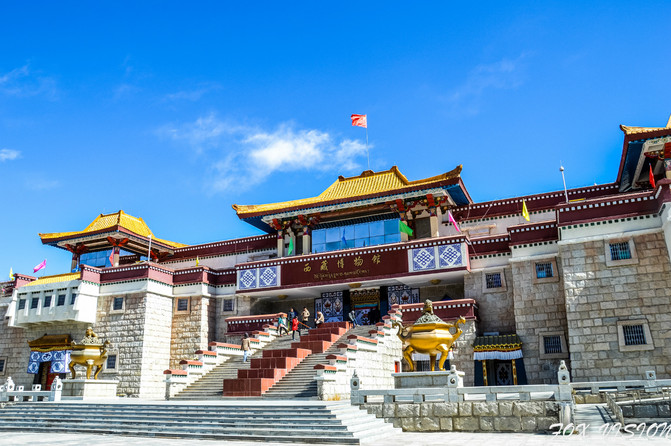
5,Day7
Last night I reported a group that went to Yangzhuo Yuao and started early in the morning. In fact, it is just a fight. There are two major sacred lakes around Lhasa: Nam Co and Yangzhuo. The chartered car is the most economical and time-saving way. The major hotels and travel agencies can book one day in advance. In the case of Namco, it is ¥140/person, and Yangzhuo is wrong ¥100/person. It usually starts at 6 o'clock in the morning and it takes longer to reach Nam Co. Since I heard that Namco was frozen (it's seen in the weather...) I chose Yangzhuo, but it was only after I found it was frozen! It's freezing! Forget it, though, I consoled the people in the same vehicle saying that everyone else had seen the frozen Lake Yanghu. We can see that the unique scenery is also a unique experience. This is actually we are more fortunate than others. Office.
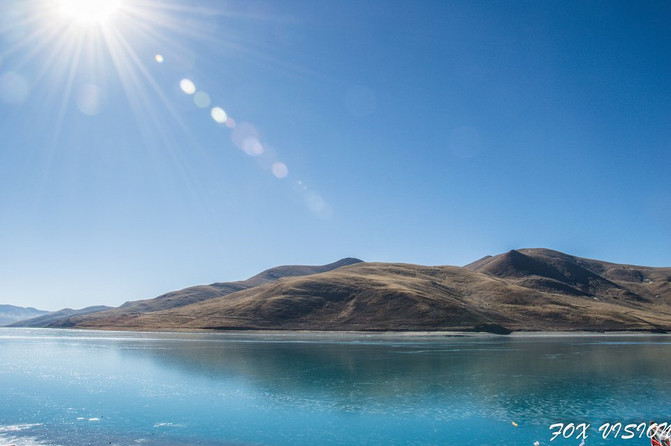

The lake is buzzing with colorful prayer flags, set off in the bright sunshine, very touching:
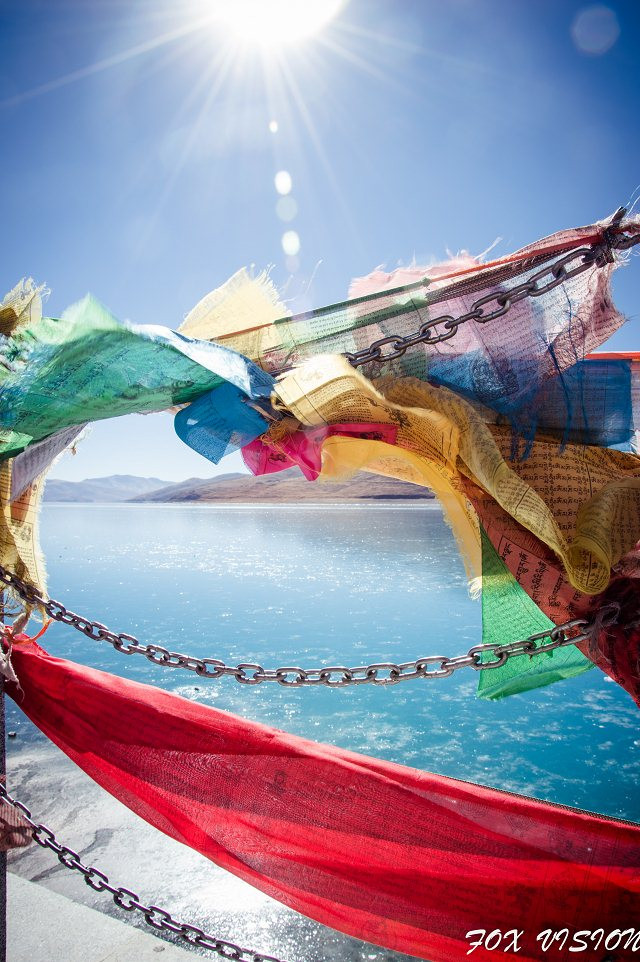

There are many piles of stones that can be seen by the lake. This is the Mani heap (note that it is not Nyima!), which is used in Tibetan Buddhism for blessings. It is said that many of the Mani piles suppress the devil. If you knock a pile of stones, you'd better pile him up again. Otherwise, the devil will come out and follow you....Mani on the edge of the sheep lake is where many tourists pile themselves, and there are no devils. You can also pile up a few stones like this:
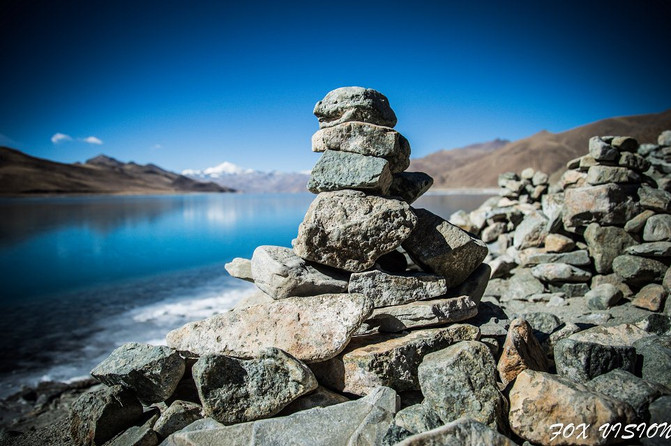
Note: There are many Tibetans holding Tibetan mastiffs or yaks on the banks of Yang Lake. They are all required to pay for them. There is a stone tablet engraved with “Yangzhuo Meow Measure” on the lake. There are also 5 yuan for photographing there. There will be some Tibetans hiding behind and not telling you to collect the money. When you finish, he will suddenly run out and say that you want to charge, because this monument is set up by the villagers themselves, and if you do not give money, he will immediately face! The elevation of Yanghu Lake is relatively high. Do not exercise vigorously here. If you take a few steps, you will find it difficult to breathe.
After returning, there was a colleague who said that he had already talked about a car to go to the coffin. Then he set off on the night and arrived at the beech the next morning. After that, he entered the Nepal through the customs and the traffic was very developed, but it was still advisable. In the daytime, we take a bus to go to the coffins, because we can see the beauty of the 318 National Road. In particular, Nyalam is very beautiful. When I went to drive the car overnight, I saw nothing and made a few photos when I returned:
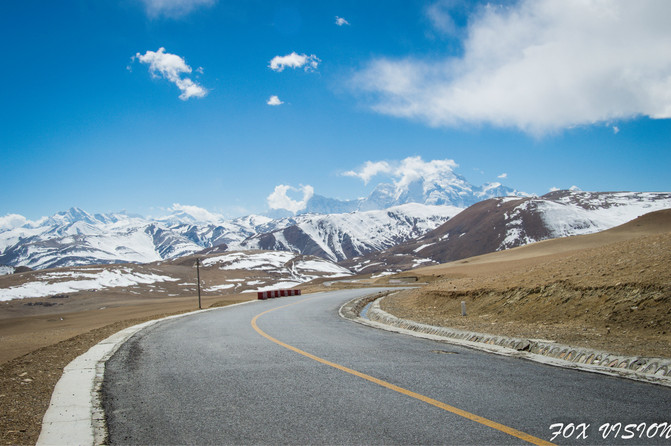
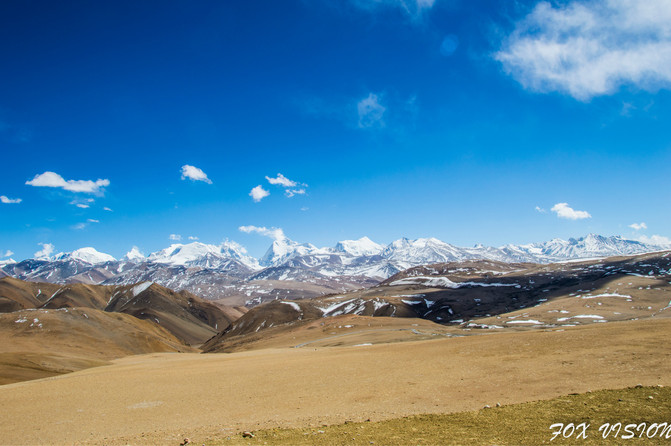
End